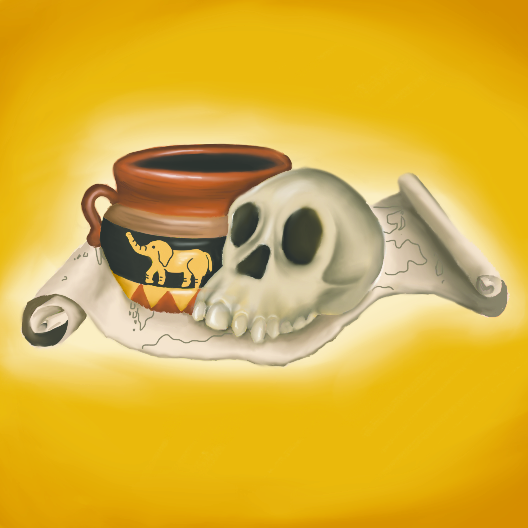Lauren Luna
Contributing Writer
When most people hear about anthropology, they either think of Indiana Jones or overpriced vintage clothes from the mall. What many don’t know about anthropology, however, is how much we have learned from the field’s developments.
Anthropology literally translates to “study of man.” From our most ancient origins to the social systems of our present, anthropology studies every aspect of the human experience. Our knowledge on phenomena including human evolution, the development of civilization, the beginnings of social hierarchy, and the spread of different cultural practices all derives from anthropology. Concerned with all aspects of humanity, both scientific and social, anthropology lies at the intersection between the natural sciences and the humanities.
Because anthropology is based on something as broad as humankind, it can be divided into multiple disciplines. The anthropology major at UCSB offers three concentrations: archaeology, biological anthropology, and cultural anthropology. Each concentration analyzes a different part of the field. Cultural anthropology looks at our various ethnic communities around the world, archaeology studies our beginnings as people, and biological anthropology concerns our anatomical and behavioral patterns.
What makes the anthropology department at UCSB so unique is the global nature of its research. UCSB anthropology staff members have performed work in over thirty countries, including Egypt, Morocco, India, and South Korea.
Recently, Professor Barbara Herr Harthorn announced her plan to investigate societal concerns with two National Science Foundation projects to create artificial life. In this case, anthropology works to maintain ethical understanding within scientific progress.
Archaeology professor Stuart Smith has even worked for research on movies including “Stargate,” “The Mummy,” and “The Mummy Returns.” Demand for anthropologists in industries including journalism, medical science, marketing, and — in this case — entertainment, has been on the rise. Every field of study concerns anthropology because the human experience is everywhere.
Despite the vast reach of anthropological understanding, the study remains underrepresented. The field’s lack of dialogue amongst the public, due to its limited accessibility in publicized media, leaves individuals especially vulnerable to misconceptions surrounding its subjects.
Graduate student Gehad Abaza says that one of the most common misconceptions people make about anthropology is about its broad scope. As a sociocultural anthropology student, her field of study deals with civic constructs among people rather than their physiological features and tendencies.
“Sometimes I’ll get asked if I study skulls, but I don’t because I study sociocultural anthropology,” said Abaza in an interview with The Bottom Line. “I think if anthropologists wrote more for the public, we could reduce these misconceptions.”
In the years leading up to college, we don’t often hear about anthropology in school; hence, it’s easy for misinterpretations of the subject to occur. Abaza hopes that if anthropologists create more content for a broader audience, people will understand the extent to which anthropology plays a role in our lives.
Though anthropology has a smaller research base, it is a steadily growing industry both at UCSB and in the United States. The rise of a global culture drives this growth. As we become more interconnected and aware of our identities as human beings, anthropology becomes integral to understanding our past, present, and future.











